Funny Raw Turkey Funny Raw Milk
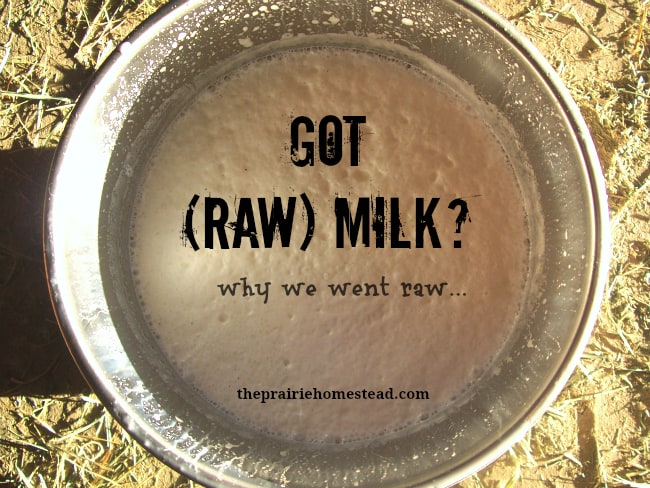
To a lot of people, there seems to be a certain romance attached to the idea of milking your own cow or goat.
Yes, I'll admit that they are days when it's pretty cool to walk outside and bring in a couple gallons of fresh milk that was produced right out my front door. But there are plenty of other days when it ain't so romantic….
Like milking during a blizzard…
Or trying to find a non-mucky place to put your bucket after a big rain storm when the entire barnyard is soupy…
Or dodging the cow's tail when she's swatting flies or just plain trying to whack you in the face…
Or having an obstinate goat insist on laying down right on top of your milk bucket…
So yeah, it's really rather un-romantic to tell ya the truth.
Thankfully, we don't keep our own dairy animals just for the romance of it– there is actually a more important reason:
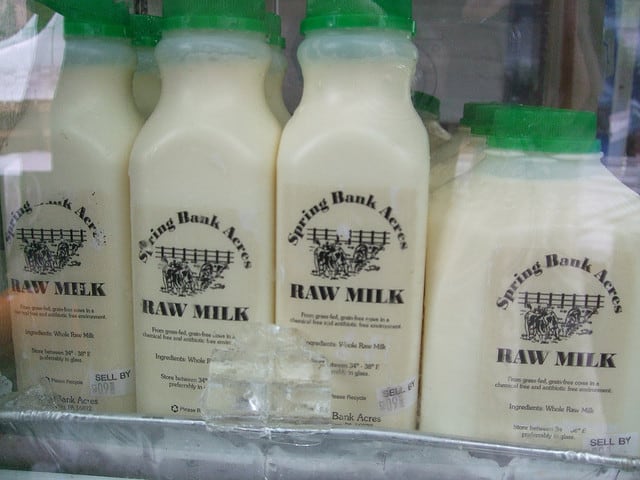 (Photo Credit)
(Photo Credit)
We personally keep a family milk cow because we are fanatics about drinking raw milk. Since purchasing raw milk is illegal in our state, owning a cow is our best option.
Now– I know that many of my readers are avid fans of raw milk themselves, and they could probably write this post even better than I can. However, sometimes I forget that there are still raw milk newbies out there, and I often get questions about why we go to all the trouble to get this precious liquid.
Today, I wanted to share a few of the reasons that raw milk is so important to our family.
*Important Note* When I talk about raw milk, I am referring to fresh, unpasteurized, unhomogenized milk from healthy, grassfed cows.
Why We Drink Raw Milk
1. It's really, really good for you.
This is the most important reason that I go to so much trouble to have raw milk for my family. I firmly believe that the health benefits of raw milk are worth the effort. I am of the opinon that pasteurization destroys many of the important qualities of milk, such as beneficial bacteria, enzymes, and vitamins.
In her book, Nourishing Traditions, Sally Fallon writes:
"Raw milk contains lactic-acid-producing bacteria that protect against pathogens. Pasteurization destroys these helpful organisms, leaving the finished product devoid of any protective mechanism should undesirable bacteria inadvertently contaminate the supply. Raw milk in time turns pleasantly sour while pasteurized milk, lacking beneficial bacteria, will putrefy.
But that's not all that pasteurization does to milk. Heat alters milk's amino acids lysine and tyrosine, making the whole complex of proteins less available; it promotes rancidity of unsaturated fatty acids and destruction of vitamins. Vitamin C loss in pasteurization usually exceeds 50%; loss of other water-soluble vitamins can run as high as 80%; the Wulzen or anti-stiffness factor is totally destroyed. Pasteurization alters milk's mineral components such as calcium, chlorine, magnesium, phosphorus, potassium, sodium and sulphur as well as many trace minerals, making them less available. There is some evidence that pasteurization alters lactose, making it more readily absorbable. This, and the fact that pasteurized milk puts an unnecessary strain on the pancreas to produce digestive enzymes, may explain why milk consumption in civilized societies has been linked with diabetes.
Last but not least, pasteurization destroys all the enzymes in milk— in fact, the test for successful pasteurization is absence of enzymes."
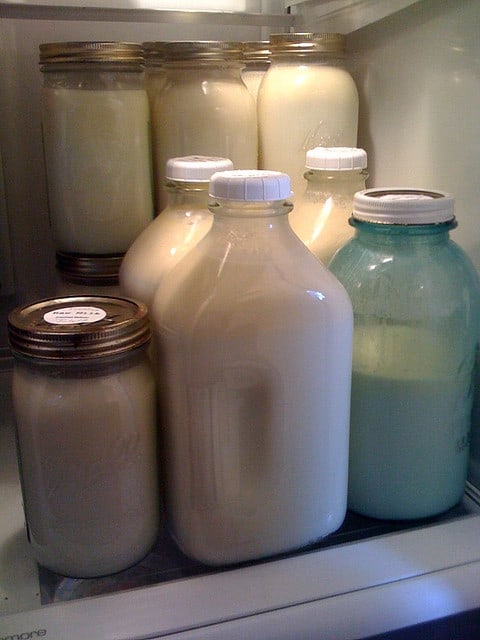 (Photo Credit)
(Photo Credit)
The website RealMilk.com is packed with useful info regarding raw milk. This portion of the website contains a fascinating number of abstracts reporting the change of milk's nutritional value after it has been pasteurized. It's definitely worth a look if you are interested in the science of milk.
In his book, Cure Tooth Decay, author Ramiel Nagel suggests consuming raw milk, as well as fermented raw milk products, as a part of a nutritional protocol for remineralizing and strengthening teeth. If you consider the amounts of calcium that raw milk contains, it definitely makes sense. And there is evidence of this protocol working– I especially love this blogger's story of how she healed her teeth through diet (and raw milk!).
Some folks who are lactose-intolerant report being able to consume raw milk without a problem (it doesn't work this way for every single person– but it has for many.) When I was younger, I had a milk allergy of sorts– whenever I would drink it (we only ever had pasteurized stuff), I would get super stuffy and dark circles would develop under my eyes. However, I can now drink raw milk without any reaction at all. Coincidence? I doubt it. 😉
2. It's a whole food.
I'm a big fan of consuming foods in their most natural state possible. And let's face it– while store-bought milk looks innocent enough, most varieties have been seriously altered…
Those cartons of white stuff at the store are usually stripped of some (or all) of their fat content, not to mention being pasteurized and homogenized…
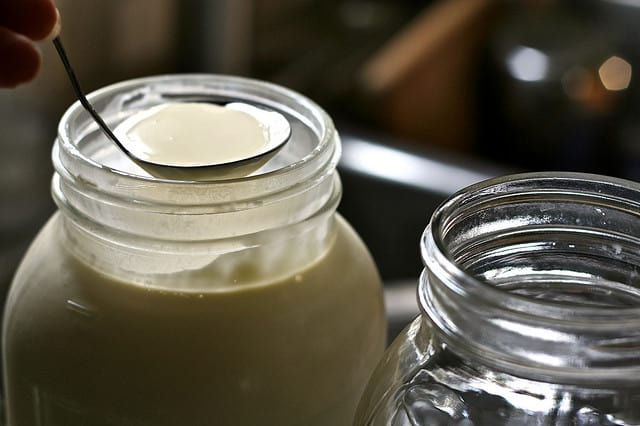 (Photo Credit)
(Photo Credit)
Homogenization not only eliminates the option of skimming that delicious, most-perfect-substance-ever (aka CREAM) from the top of your milk, but many people believe homogenized dairy can contribute to heart disease.
People have been consuming whole, un-cooked, unhomogenized milk straight from the cow for thousands of years. That's good enough for me.
3. It tastes better.
Seriously– I have always rather disliked drinking milk. Until now. Growing up, I avoided consuming tall glasses of the stuff because (a) it make me feel icky (b) it always left a sour taste in my mouth.
But oh, how my tastes have changed! I l-o-v-e the fresh milk from our cow (and goats too, when we milk them.) It's rich and creamy and sweet. I love drinking it for breakfast especially- it helps to balance out my blood sugar and keeps me from getting hungry too soon before lunch.
I have heard some people say that they think raw milk has a "stronger" taste, but I personally haven't really noticed that. I wouldn't be surprised though– most homegrown foods usually have far richer flavors that their flavorless counterparts at the grocery store.
(Okay. I'm back. I had to go grab a glass just now– writing that made my mouth water.)
4. You can do lots of stuff with it.
Pasteurized milk is high-maintenance stuff. If you leave it out on the counter for 30 minutes too long, it starts to get icky. And once it goes bad, it's enough to make you want to loose your lunch…. It stinks– don't give it to your dog, don't give it to your chickens, just toss it!
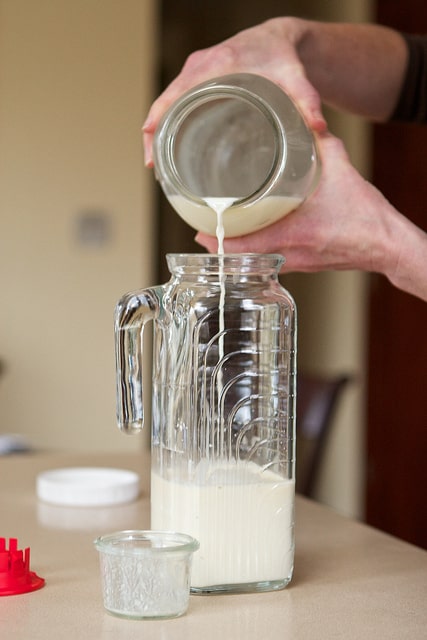 (Photo Credit)
(Photo Credit)
However, raw milk is a different substance entirely. If you leave raw milk out on the counter, it clabbers. That is, the whey and curds start to separate– leaving you with a healthy, cultured dairy option. Clabber is awesome for chickens or dogs as well. Raw milk doesn't go "bad" like cooked milk does– it just changes forms.
As a part of home dairy month (which is happening right now!), you can expect a whole bunch of ideas on how to use your fresh, raw milk.
But are there risks?
If you Google "raw milk," you'll find a million-and-one articles with stern warnings regarding the dangers of raw milk. Government organizations do everything that they can to discourage folks from drinking the stuff.
To be honest, when you first start reading, it's a little scary.
BUT. Isn't there a risk every time you put something into your mouth?
- In 2011, 33 people died in Colorado from eating contaminated cantaloupe.
- In 1993, over 600 people became ill, and 4 people died after eating at a popular fast-food chain.
- Cheeseslave has this post highlighting the documented outbreaks of illness after consuming pasteurized milk. (Yes– the "safe," cooked stuff…)
The cases of folks becoming sick from drinking raw milk are incredibly small compared to people getting sick from consuming other items.
The decision to drink raw milk is personal choice. I would never coerce someone into drinking it if they weren't comfortable with the idea. However, I personally have spent a lot of time weighing the risks and benefits, and it is a choice that I wholeheartedly pursue for my family.
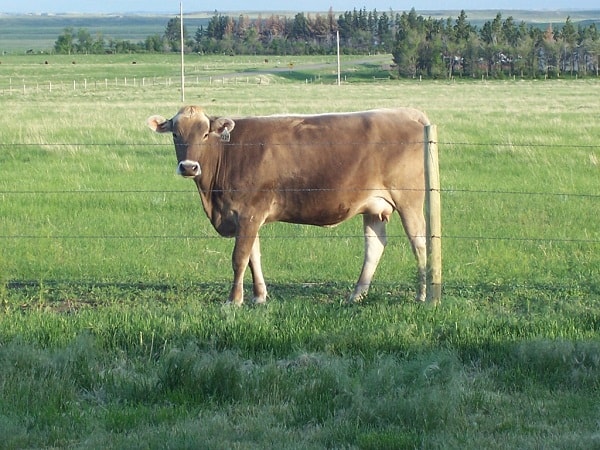
If you are wanting to obtain raw milk for your family, it is very important to choose the source wisely. There is a BIG difference between raw milk destined for pasteurization from a conventional dairy and raw milk from a "raw milk dairy." I would never, ever grab a glass of raw milk from the bulk tank at a conventional dairy.
I know our cow and I know she is healthy. She has been tested for brucellosis, as well as tuberculosis. I know she eats a good diet (she is grassfed), and I am very particular in the way I milk her and how I handle the milk afterwards. (More details on that in an upcoming post!)
I am comfortable in the way that we have minimized our risk. In fact, I feel as though there is LESS risk in us consuming our raw milk, than there would be in taking a gamble with the health issues that can arise from the consumption of pasteurized milk.
So there you have it– that's why we have a milk cow, plain and simple. 🙂 If raw milk interests you, I encourage you to do the research for yourself– learn about the laws in your area, visit with local farmers, and read everything you can.
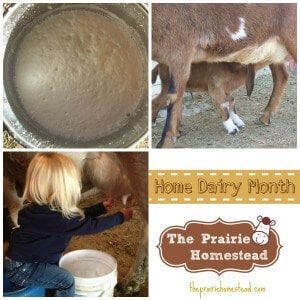 May is Home Dairy Month at The Prairie Homestead! Stay tuned for lots of recipes, milking tips, and maybe even a video…
May is Home Dairy Month at The Prairie Homestead! Stay tuned for lots of recipes, milking tips, and maybe even a video…
This post contains Amazon affiliate links and was shared at Frugally Sustainable.
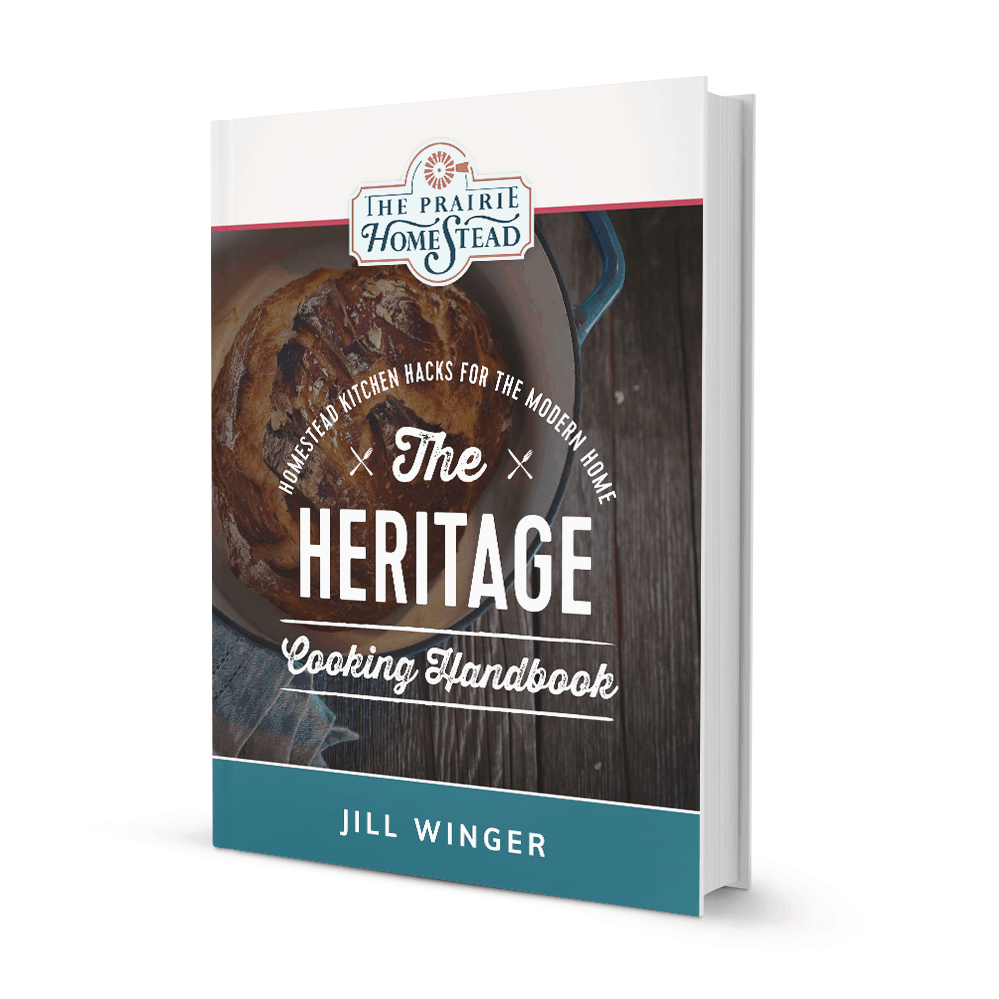
Learn to Cook Like a Farmer!
Transform your kitchen into a farm style kitchen no matter where you live with my Heritage Cooking Handbook! It's included as a part of my FREE digital homestead library. Enter your best email for instant access! >>
wrightrivinquister.blogspot.com
Source: https://www.theprairiehomestead.com/2013/05/got-raw-milk-why-we-chose-to-go-raw.html
0 Response to "Funny Raw Turkey Funny Raw Milk"
Post a Comment